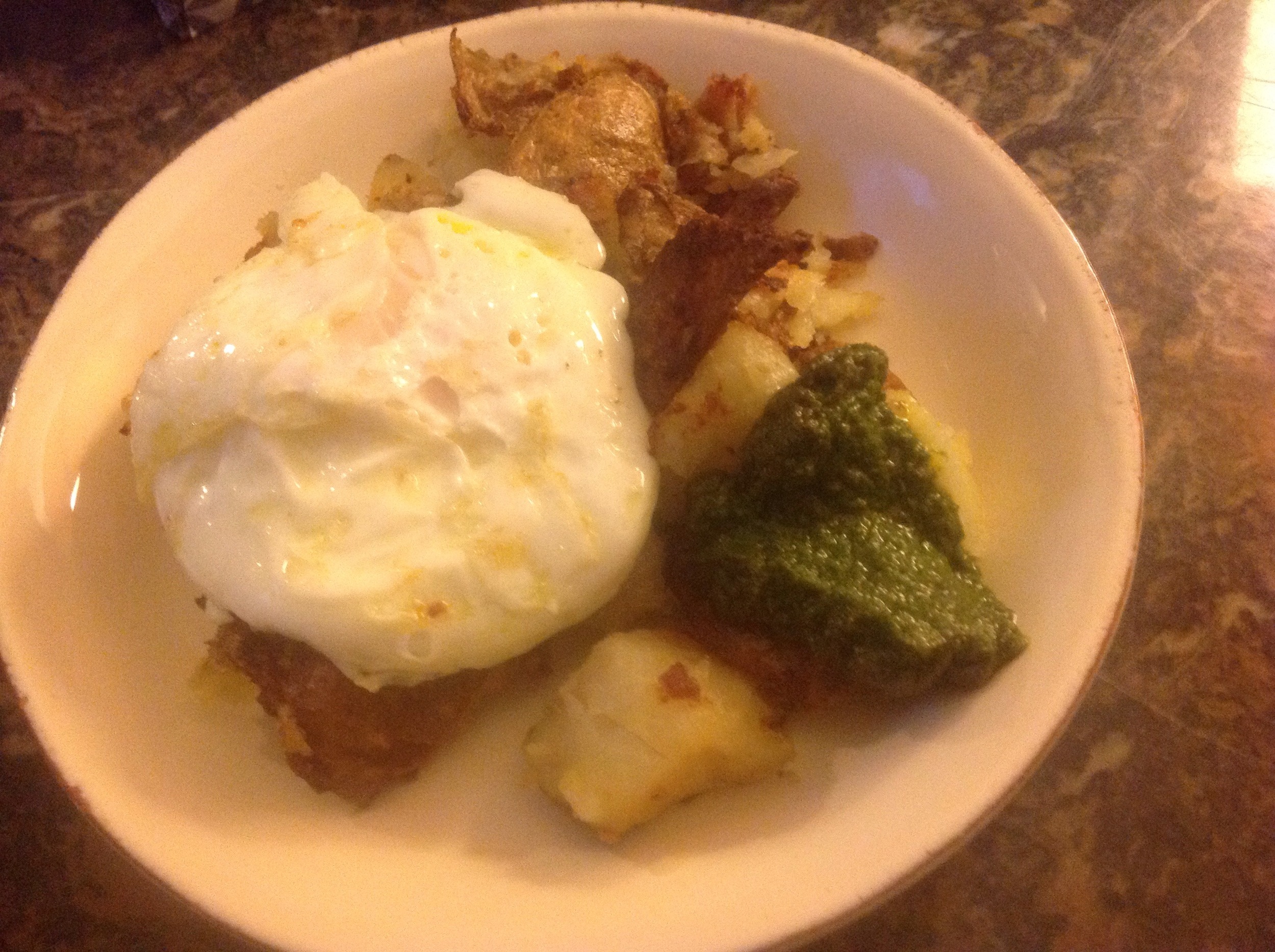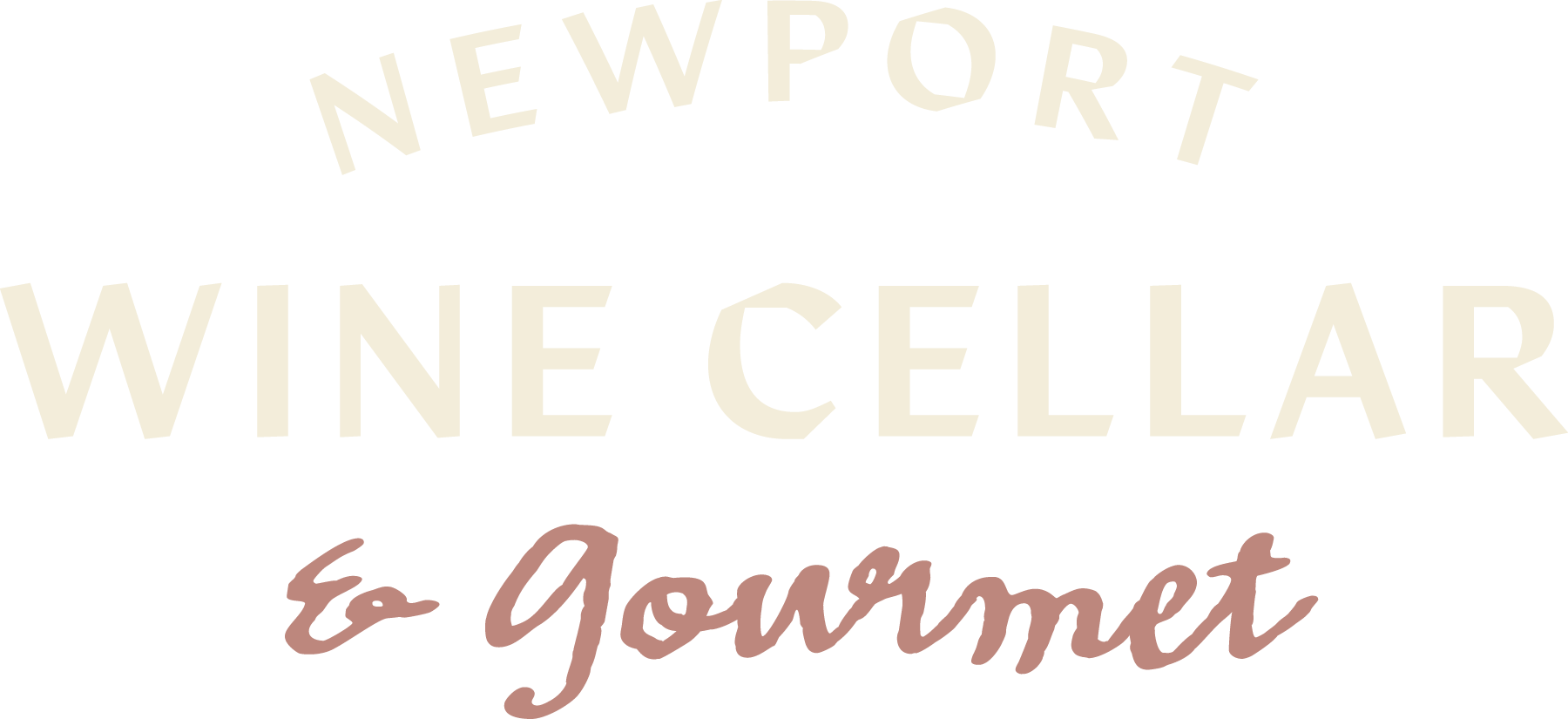I have been busy running the shops, and I have neglected my writing, but it is time to write again. This first post is about something very simple, but it reminds me of why and how I cook. I am making roasted potatoes.
Having expanded to breakfasts now in The Café, I want to offer potatoes and eggs, but I want the potatoes to be amazing. The question is, how do I do that? I believe food should be simple, but it also must be delicious and beautiful, satisfying all the senses. All too often, breakfast potatoes are a filler, I want potatoes that are the centerpiece of the plate deliciously dressed with the sauce of the runny yolk, not just a vehicle for the egg.
Naturally, the notion of these perfect potatoes has a source, as my vision is not the same as another cook's vision. My mom made delicious roasted potatoes, creamy inside with the texture of a twiced baked potato on the outside, salty, and herbed to perfection with oregano (dried, though she started using fresh later in life), and coated with fruity olive oil. There are so many dishes that I paid attention to, but somehow, I missed the potato class in Judy's kitchen, so I have to figure this out on my own.
This is my first go...I have some russet potatoes, I washed them, roughly cut them into big bite pieces, and boiled them for a few minutes. Then drained them well. Louise recommended that they be dry when I began prpepping for roasting, and I trust her in this one, for sure. I liberally added olive oil and salt, tossed them well, and put them into a 400 degree oven.

While they roast, I am having a little snack to tide me over until my potatoes are done. No sense in suffering whie I cook. It is spring, though someone forgot to mention that to Old Man Winter (who by the way has been a real bastard this year), so I am enjoying one of the first of this season's rosés despite the temperature outside.
 That lovely fruity rosé is great with a baguette and some warm smoked salmon. This is one of my favorite meals. I enjoy it often.
That lovely fruity rosé is great with a baguette and some warm smoked salmon. This is one of my favorite meals. I enjoy it often.
I am stirring often because I want them to brown on all sides and not to stick to the pan. the are getting mashed while I do that and they look yummy. I added about a tablespoon of dry oregano.
....and now, I wait...
It took longer than I thought, nearly an hour in the oven at 400 degrees, with the last 10 minutes cranked to 500. The potatoes cook to the consistency of a french fry, the have absorded the oil, and browned without sticking. I added an over easy egg and a dollop of fresh basil pesto, but I finished the smoked salmon already!

Thanks, Mom, something sank in;)

















